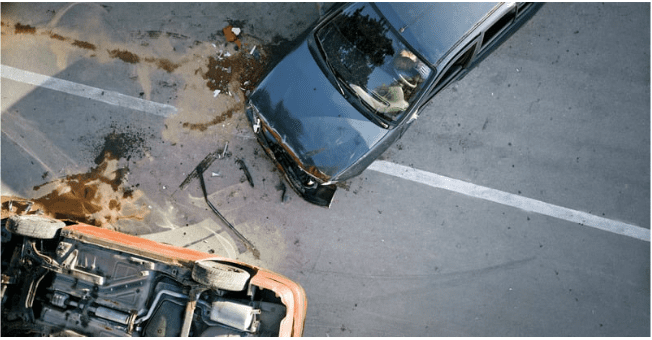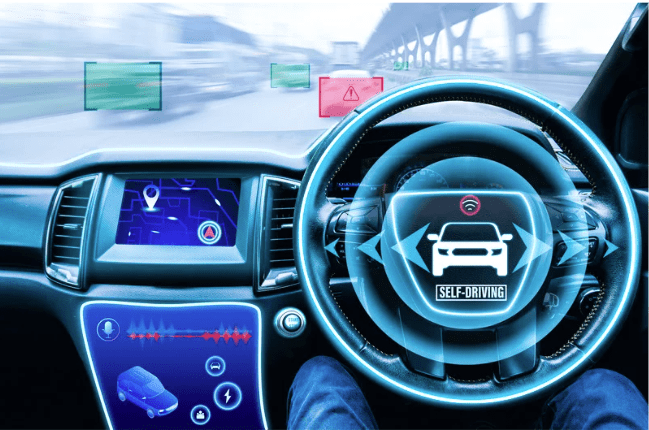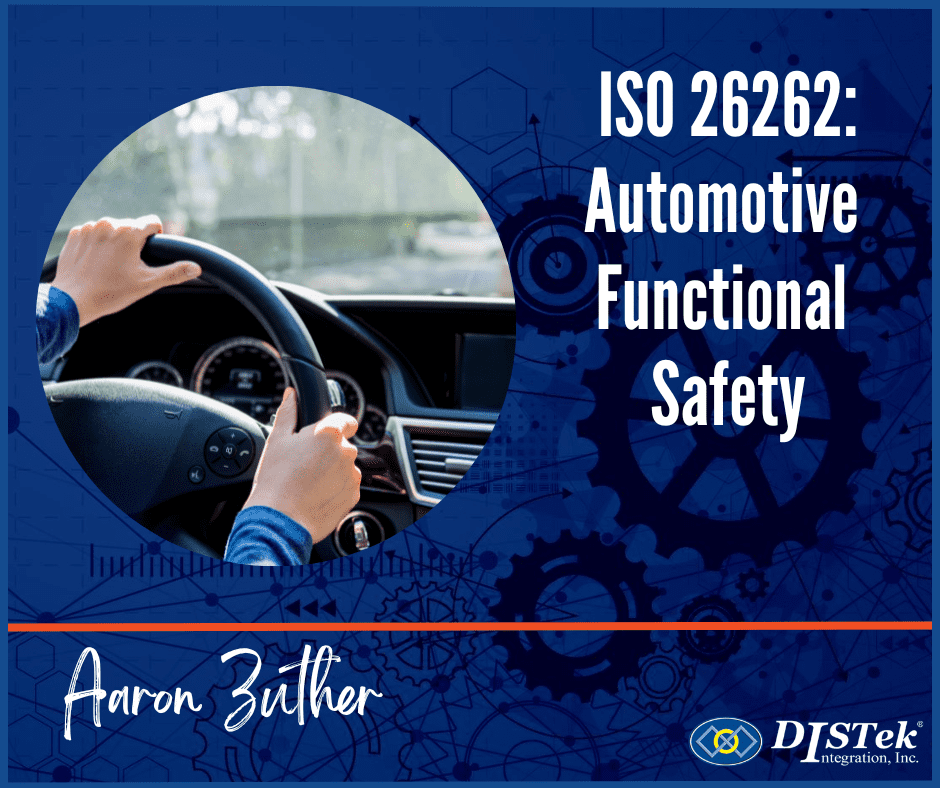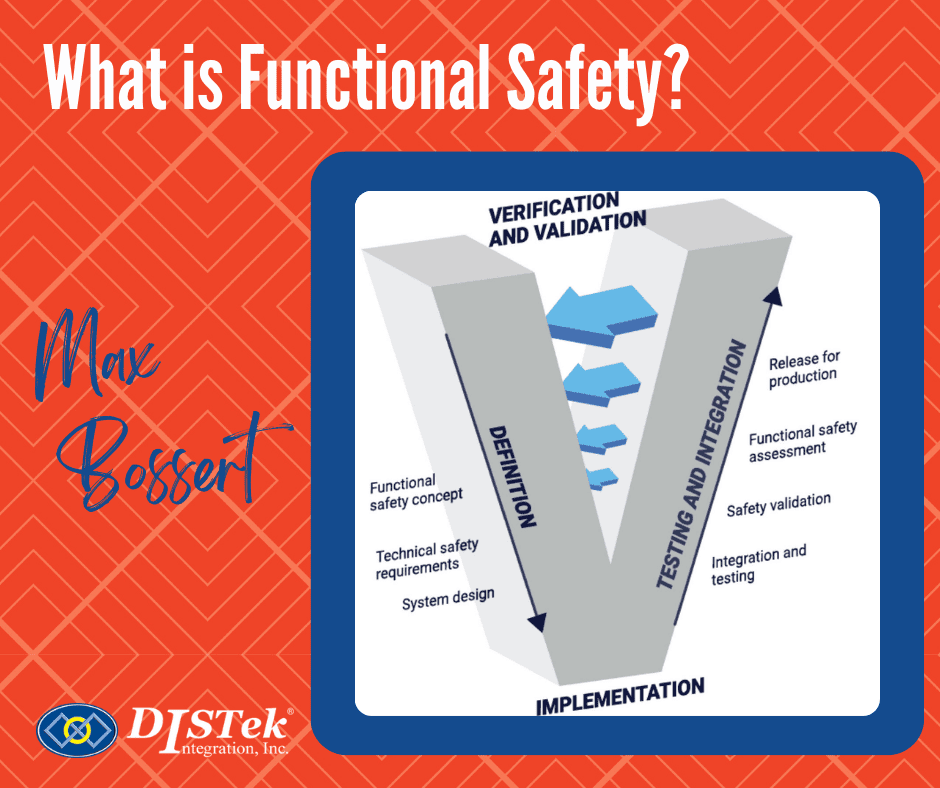Electronics surround us, and have done so for many, many years. Included in the multitude of devices utilizing electronics to perform and enhance their operation, are the vehicles we drive. Long ago, electronics made their debut in our vehicles in the form of the vacuum-tube car radio. Since then, integration of electronics into our vehicles has grown and helped to evolve our vehicles into the highly integrated machines we know and love today.
Without semiconductor-based electronics, vehicles as we know them would not exist. Thanks to our ability to direct the movement of electrons, our vehicles are no longer simply a mode of transportation, but rather they have become high-tech speaking, seeing, self-driving, climate-controlled entertainment centers with surround-sound audio systems and built-in televisions for the kids to enjoy on road trips.

With every added piece of electronic equipment, however, comes another chance for something in the system to fail. Frequently, the nature of such failures is benign, such as a failed heated-seat controller. In this case, on a cold winter day, you may not be as comfortably warm as you’ve come to expect, but the failure most likely does not present a threat to your safety. On the other hand, a failure in any of the systems which control vehicle speed, steering, or braking could lead to significant safety concerns, if the system is unable to detect the failure and mitigate the effect of the failing component(s).
This is the goal of ISO 26262. To provide a systematic approach to requirements development, designing, manufacturing, testing, and servicing the electronics (and their software, where applicable) in today’s complex vehicles, in such a way as to ensure an acceptable level of safety. It provides high-level guidance on best practices for the identification and mitigation of hazards in the design of automotive electronics. These hazards can be in the form of environmental factors such as icy roads; they can come in the form of flaws in the software which controls so much of today’s complex vehicles; and they can come in the form of faulty electronic hardware components. Failures resulting from defects in any of these (and more) areas could result in dangerous scenarios for a vehicle’s occupants. ISO 26262 is here to help mitigate the effects of the dangerous scenarios.

As of today, compliance with ISO 26262 is not mandated in any country. The United States requires compliance with its “Federal Motor Vehicle Safety Standards”, while other countries have their own requirements. However, all auto manufacturers have an inherent responsibility of due diligence with regards to the safety of their vehicles. Applying the concepts of ISO 26262 is a common approach to meeting that safety responsibility.
DISTek Integration has experience in following ISO 26262 practices with regards to software/firmware development. Our engineers work closely with our clients’ team members to execute the practices proposed in ISO 26262. If you have software development needs that require following the ISO 26262 standard, reach out today!






